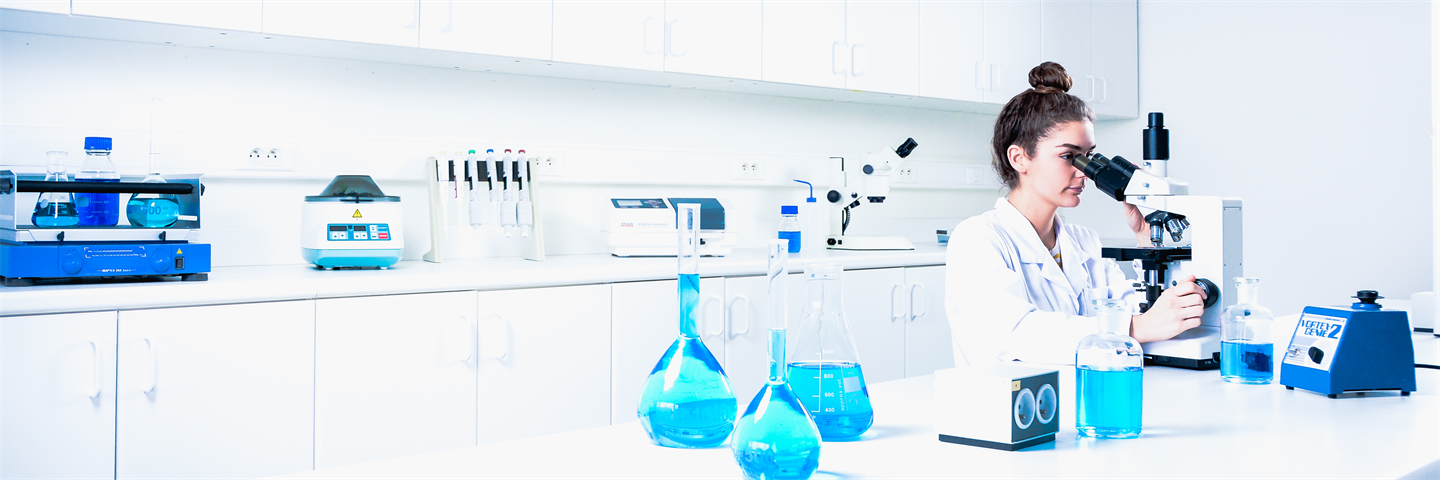

- Home
- Companies
- MicroBioTests Inc.
- Articles
- Toxicity of the effluents of Three ...
Toxicity of the effluents of Three Pharmaceutical Companies as Assessed with a Battery of Tests
Abstract:
The toxicity of 27 samples of effluents of three pharmaceutical plants located in Belgium, has been determined with the aid of a battery of tests. Besides conventional bioassays representative for three different trophic levels (microalgae withSelenastrum capricornutum, acute crustacean test withDaphnia magna, acute fish test withBrachydanio rerio), cost-effective acute bioassays have been carried out with bacteria (TTC test and Microtox® test), a rotifer (Rotoxkit F test) and a crustacean (Streptoxkit F test). Chemical analysis of the effluents has been performed to quantify the toxic parameters considered by the Belgian legislation on industrial discharges.The toxicity of the effluents (expressed in toxic units - TU) ranged from 0 to over 1850, depending on the sample and the type of bioassay. No correlation could be established between the chemical composition of the wastes and their toxicity. Each of the three pharmaceutical plants had an own toxicity spectrum, reflecting the different types of chemicals produced as well as the different treatment procedures of the effluents. The information generated once again confirms that in addition to chemical monitoring toxicity testing is essential to control complex effluents. A battery of selected tests should be the backbone of every programme of toxicity reduction. A case-to-case determination of the toxicity spectrum of pharmaceutical effluents should allow to select the suite of tests which is most suited for the control of specific discharges. The present study also confirms the potential of cost-effective microbiotests for routine monitoring of industrial wastes.
